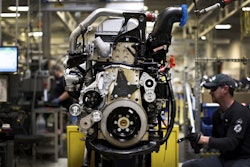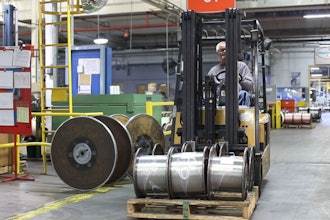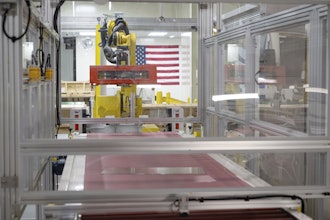Robots, long a part of the popular imagination (think R2D2) and familiar on the manufacturing floor, are now moving into the back office and transforming the way high-volume, repeatable work gets done. Through a process called Robotic Process Automation (RPA), software bots are being harnessed to mimic user actions in certain rules-based processes, eliminating the need for human intervention. Companies in a variety of industries are already successfully using robots to automate structured, computer-based tasks and workflows like insurance claims processing, audit preparation, customer contact recording, revenue cycle management and clinical data management.
While automating business processes through robotics can reduce costs, improve efficiency and enhance performance and quality, it’s very likely that these trends will arouse concerns about the possibility of job loss or the need for new skills.
Organizations that address these concerns early on will be better able to alleviate apprehension and ensure the technologies deliver on their promise for increased efficiency and reduced error.
The Top 5 ways to ensure benefits are:
1. Kick start a change program to identify the need for re-skilling your workforce. Give employees a chance to embark on their own transformation journey to help make the business more profitable. Through professional development training, companies allow employees to pick a direction for their future early on and give feedback. Be sure to secure executive sponsorship and support from key stakeholders and investors for the change program to demonstrate corporate responsibility.
2. Communicate key business benefits while you run a pilot or implement robotic projects. Proactively communicating a change program is the only way to create an open culture. Robotics will impact lower-cost jobs, but giving those employees the tools to re-skill will benefit the organization and its reputation. Internal communication should be the first order of business. Close interaction of the IT and communication department is crucial to making it happen.
3. Reconsider company-owned offshore models. This is most often where you can implement robotic processes first. As the traditional model of outsourcing based on labor arbitrage disappears, both sourced and retained organizations will serve new roles. The business case for RPA is built on significantly lower costs, but it remains the corporation’s responsibility to consider implications for their workforce.
4. Tip the scale toward innovation with a diverse workforce. This Forbes survey demonstrates that diversity is an enabler for growth and prosperity and is critical to an organization’s ability to innovate and adapt in a fast-changing environment. A workforce made up of different perspectives, genders, cultures and experience will provide higher returns on equity and build the foundation for a smooth transition to the new workplace defined by digitization and emerging technologies.
5. Even with great gains in technology, organizational success remains in the hands of people. Continue treating your employees with respect. The next generation is in their hands. Companies can only win and gain competitive advantage if they acknowledge that people need time to change as technology changes. Create newly defined skill profiles and roles, educate your staff and retrain them when possible.
RPA will bring with it significant organizational change. Early adopters must prepare their leadership teams to set a company-wide tone to embrace the new order of things.
Johanna Von Geyr is Director at Information Services Group.





















